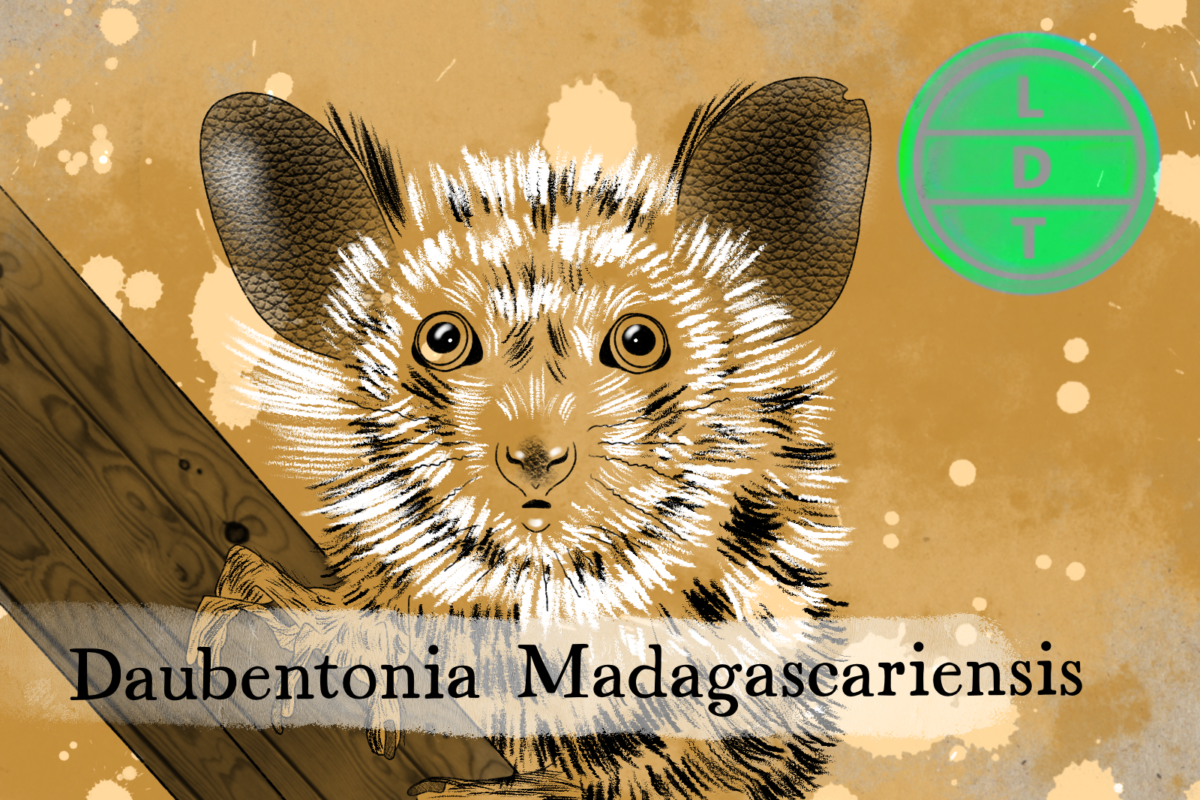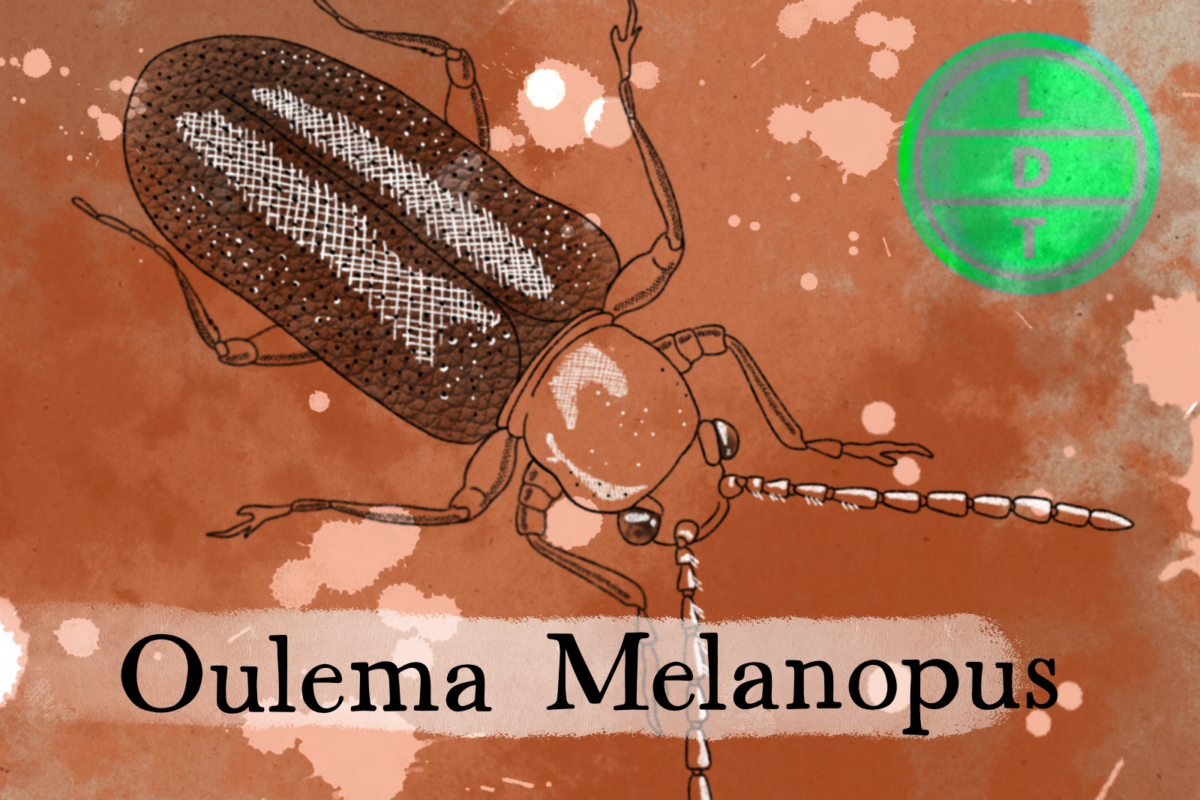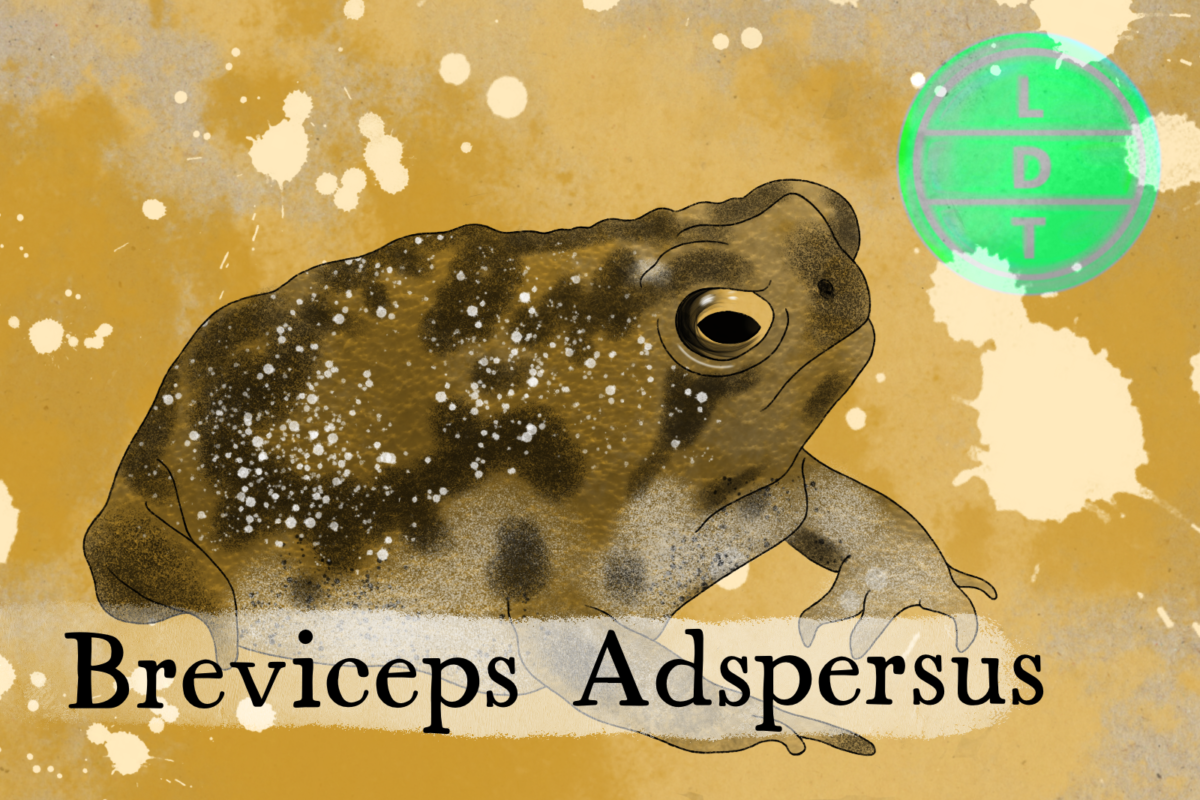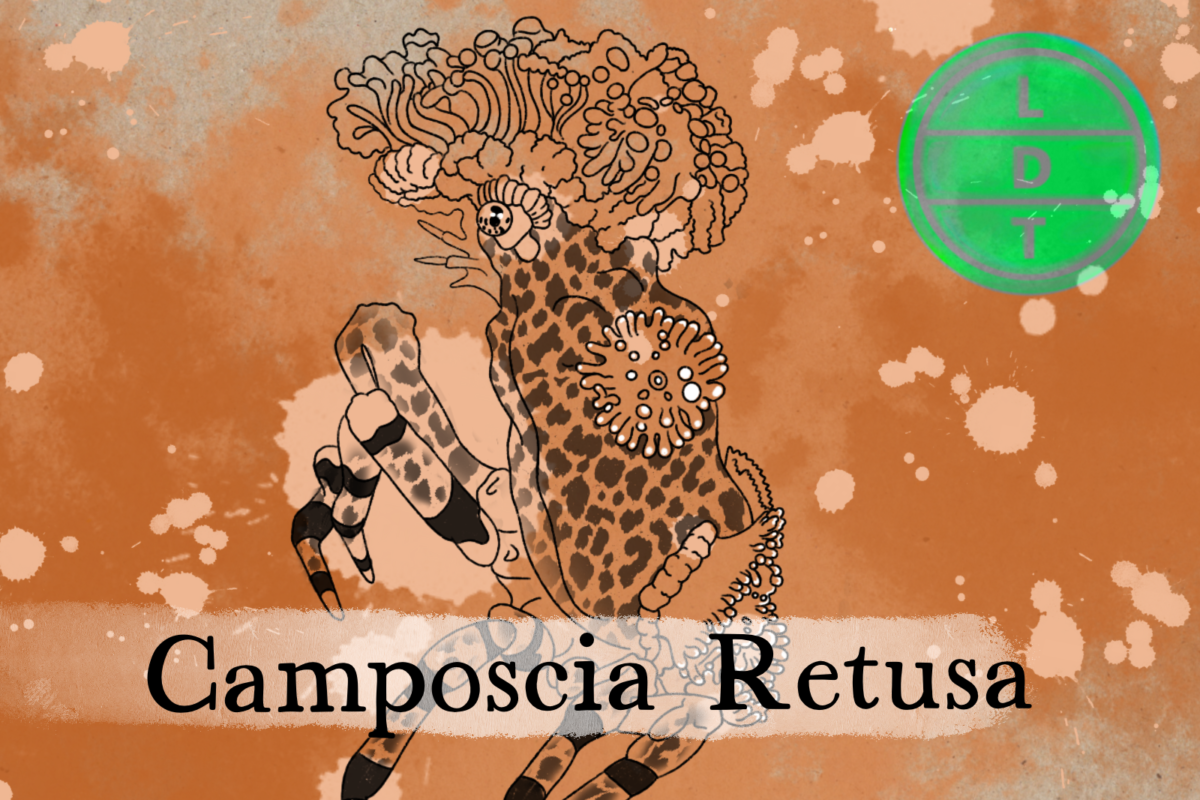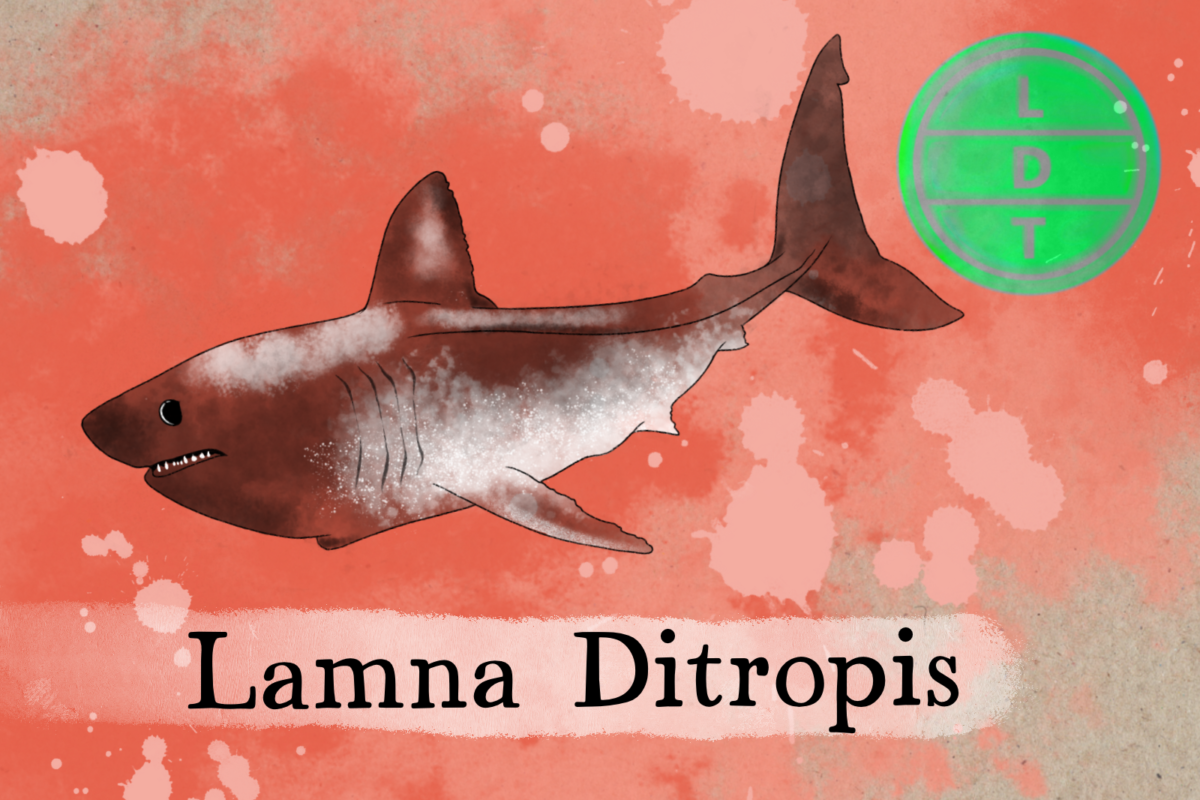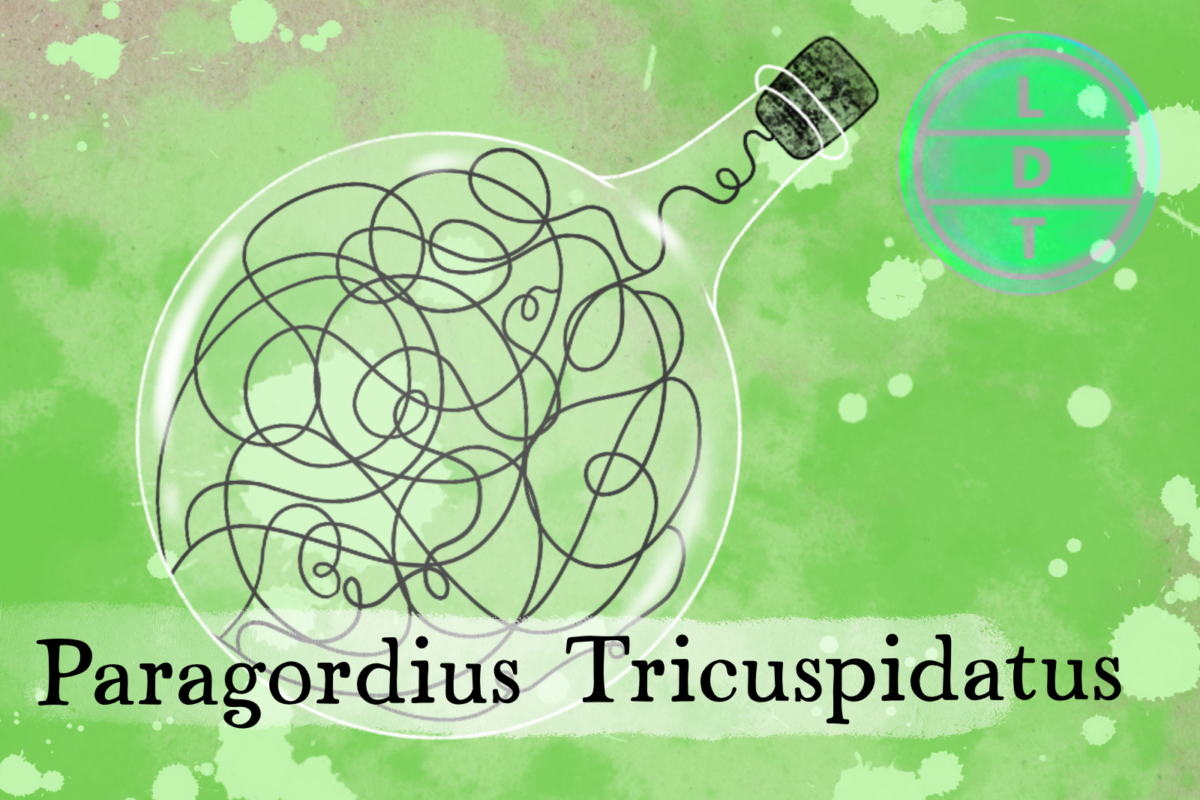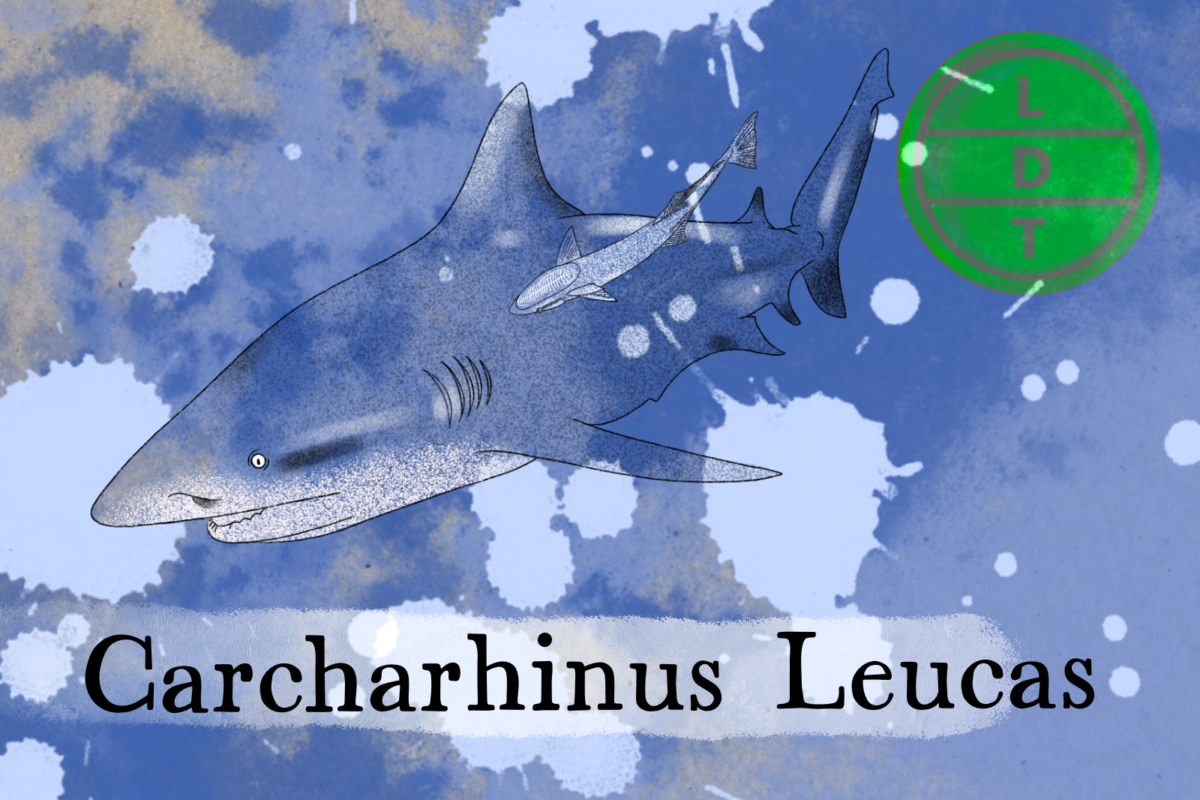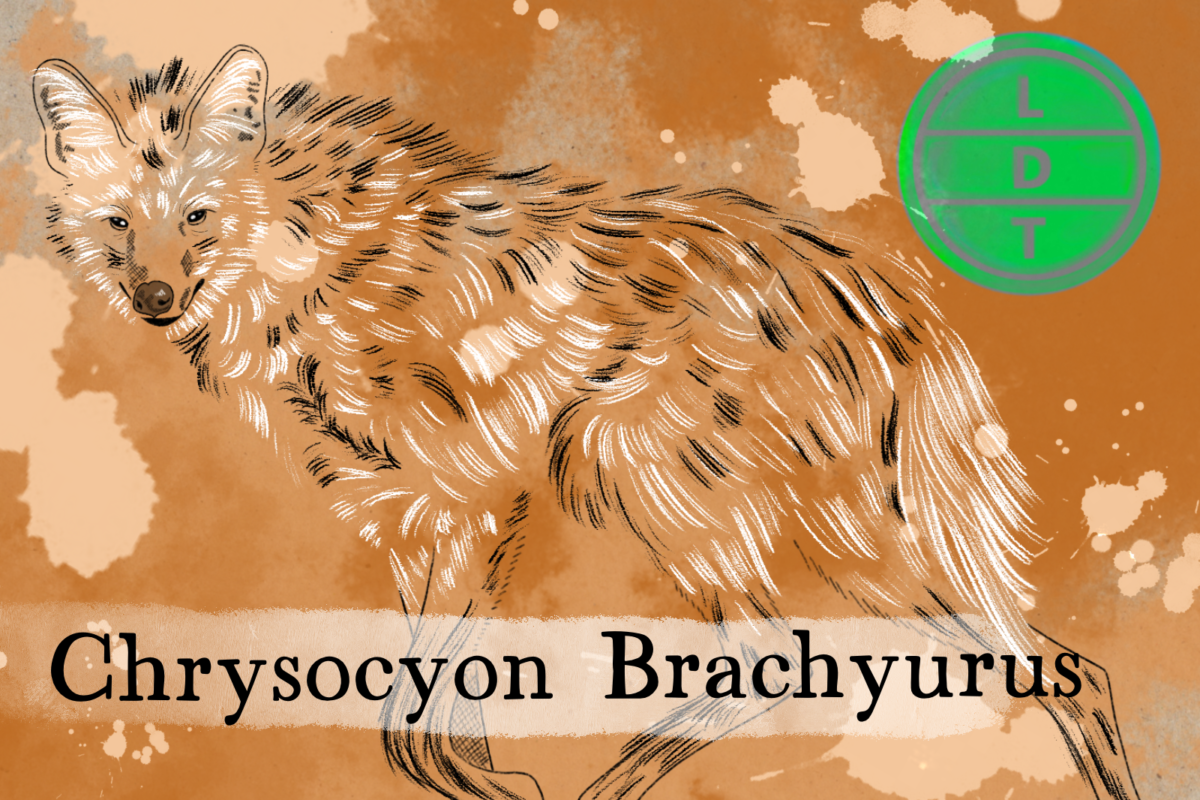“…and today we’re talking about carb-eating beetles that scoff at the mere mention of the keto diet. But more on that later.”
Finding a solution to an invasive species is rarely an easy task. But when Americans’ cereal is at stake, it’s time for drastic action. The cereal leaf beetle is a serious problem for wheat crops in the U.S. and pesticides have produced middling results. So we needed a way to get rid of this munching monstrosity and if that means introducing a parasitic wasp to HR Geiger these pests out of existence. But sometimes you just find yourself an unsuspecting wasp nanny here in Life, Death, and Taxonomy.
Description of the Cereal Leaf Beetle
- Adult beetles are dark red with black to dark green wing coverings.
- They aren’t in the order Hemiptera, but they have the general style of true bugs, with long bodies, prominent antenna, armored wing covers.
- They are a handsome insect.
- Larvae look like a small brown raindrop, and often hang out on leaves.
- They are round-bodied with very tiny, barely visible legs.
Measure Up
Welcome to the beloved Measure Up segment. The official listener’s favorite part of the show! The part of the show when we present the animal’s size and dimension in relatable terms through a quiz that’s fun for the whole family. It’s also the part of the show that’s introduced by you when you send in audio of yourself saying, singing, or chittering the words Measure Up into ldtaxonomy at gmail dot com. We don’t have a new Measure Up intro!
Length
- Adults and larvae are 5 mm long (0.19 inches.)
- How many adult beetles go into the height of Mirabella wheat?
- Hint: Mirabella wheat is an heirloom wheat plant that originated in ancient Italy. It’s among the tallest varieties of wheat in the world.
- 442.1 beetles. Mirabella can grow 84 inches (213 cm) tall.
Egg length
- 0.9 mm long (0.03 inches)
- How many cereal wheat eggs go into the size of a standard size shredded wheat biscuit?
- Hint: Growing up, you may have been familiar with mini wheat, but the original shredded wheat came in large bricks of shredded wheat. You can get the original size today. Some people throw it on a skillet and fry it.
- 112 eggs. Shredded wheat biscuits are four inches long.
Fast Facts about the Cereal Leaf Beetles
The beetle is native to Europe and Asia, but it’s made its way into the United States, where it was first spotted in 1962.
The cereal leaf beetle is so named because it likes to eat cereal crops, which are oats, barley, and rye.
They are migratory eaters. Which means that it eats on the go and if you see one on your barley, and return the next day it will be somewhere else in your field.
If you find a beetle on your crops, don’t panic. They are often widely dispersed and don’t often congregate in feeding frenzies. This is because they avoid something called volatile organic compounds (or VOCs).
VOCs are released when an herbivore monches on a plant and female beetles are repelled by the presence of these chemicals. Why?
Because VOCs often attract predators; where someone is munching on a plant, you might find a tasty prey species.
Female beetles are adapted to keep themselves and their offspring safe by avoiding eating in areas that have already been eaten in. Males are deterred by VOCs but not enough to change the way they eat.
However, there are some situations when the beetles will frenzy. Fields of cereal leaf beetles might look ragged, but they rarely destroy plants completely.
Sometimes they congregate in hot spots, which can affect crops. A high concentration of eggs in a field is that bad, because rain washes away and kills them before they hatch. A high concentration of hungry larvae can affect crop yields.
Major Fact: Put Your Egg in My Shoulder
- So if you look up the cereal beetle, you’ll see it doesn’t get its name from its love for cookie crisp
- It’s actually a pretty serious pest for cereal crops – wheat and grains and the like
- People have tried everything to get rid of them since they do so much damage in their larval stage.
- But one thing they did in the US is what you should never do – introduce an invasive predator to deal with another invasive species
- Worse yet, the predator they introduced was a wasp!
- Even worse! It’s European
- But this isn’t your typical order 66 -style extermination. It was much more insidious
- The tetrastichus julis wasp in particular has a way of dealing with cereal beetles that makes me want to throw up just a little bit
- Julis spends his winters underground and emerges in the spring on the hunt for some choice cereal.
- Cereal beetle larva hang out on the plants their snacking on and, as we mentioned, even poop on themselves in order to disguise their bright colors.
- But the female wasps cut through all the crap to lay their eggs inside newly hatched beetle larvae.
- The wasp eggs will hatch into larvae, transforming the beetle into a gross water balloon filled with tadpoles.
- The beetle larva will still eat the plant its on, but its days are numbered. Soon, it will die on account of being absolutely filled to bursting with a teeming swarm of wasp larvae that just want to pupate.
- When it dies, the beetle will fall to the soil and the wasps can pupate in peace (which is really just the American Dream).
- The adult wasps will leave the corpse of their fallen nursery whenver they feel like it. Some may emerge in the summer and others wait until the following spring to begin the wholesome and uplifting cycle anew.
Ending: So smear poop on your back, eat your Wheaties, and try not to let foreigners lay eggs in your carapace like the cereal leaf beetle here in LDT.

